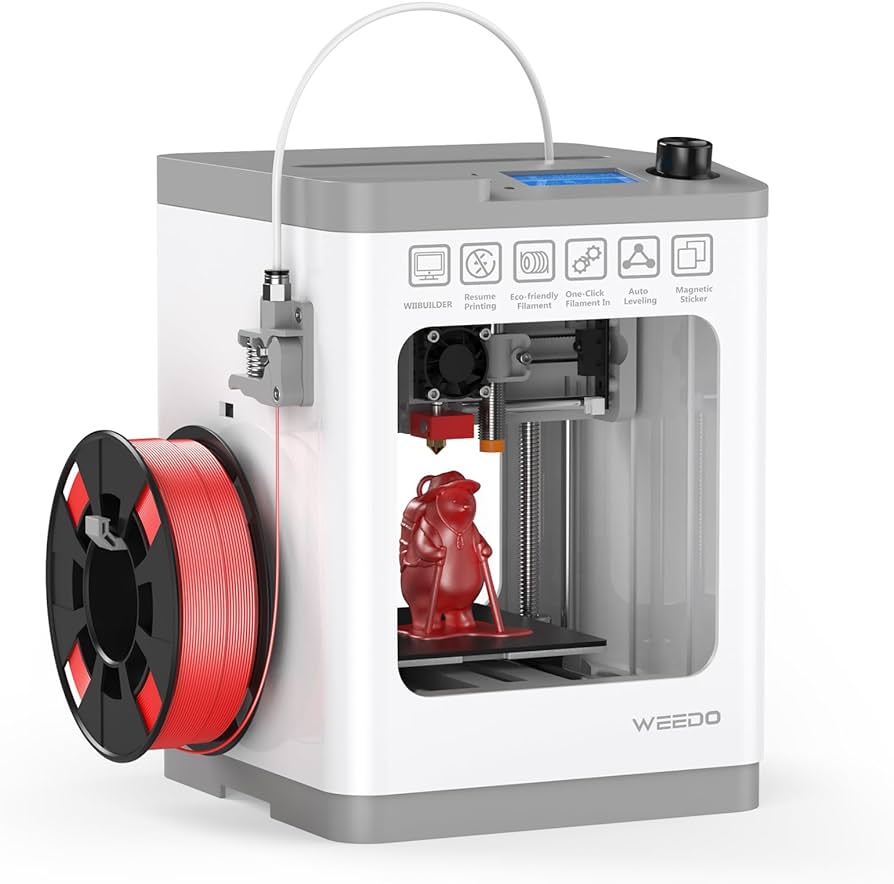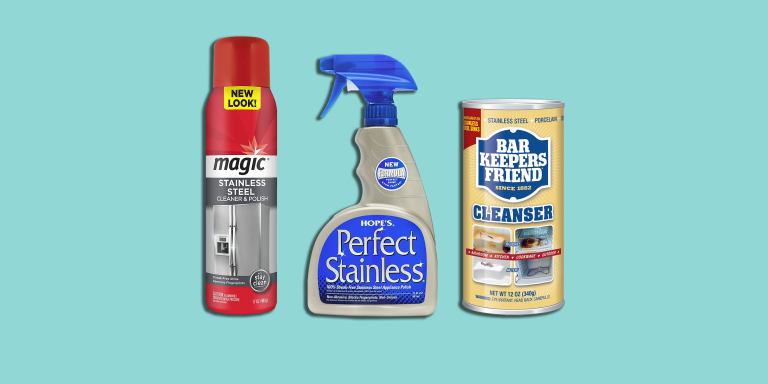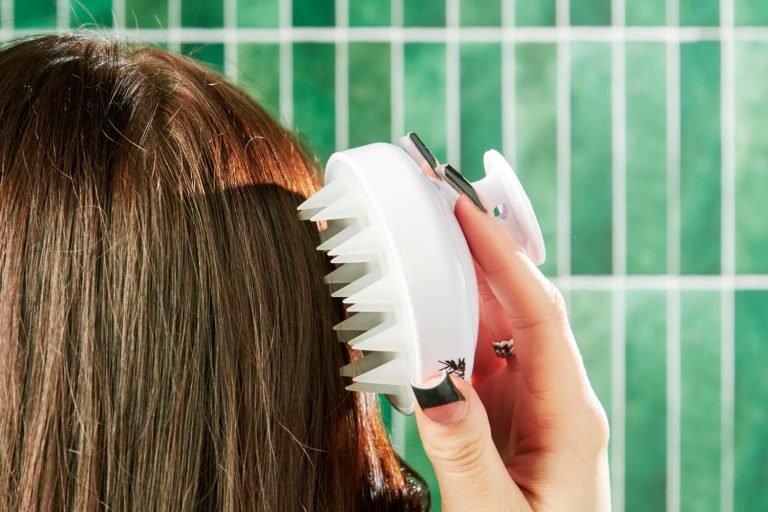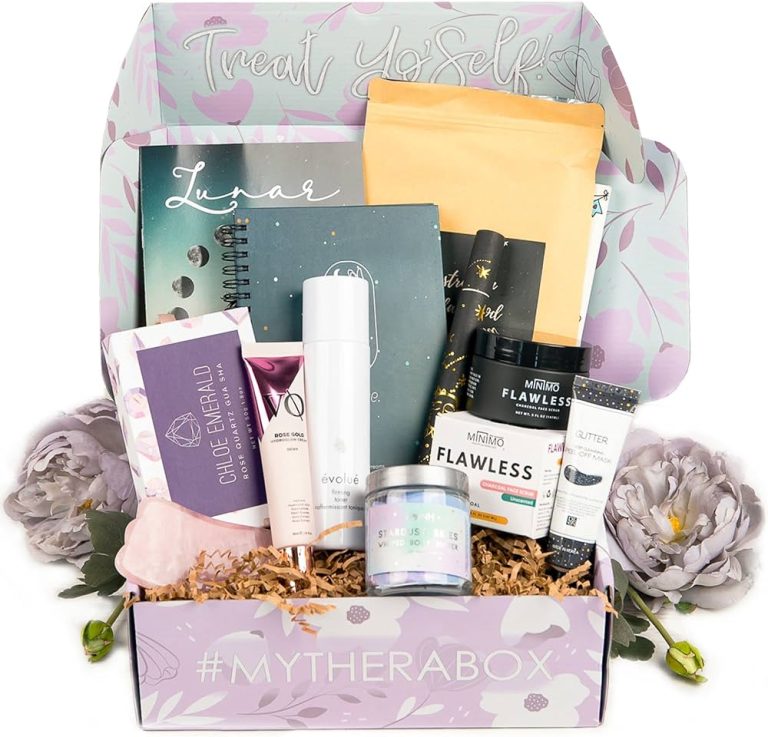9 Best 3D Printers for Beginners: Affordable, User-Friendly, and High-Quality Options
Diving into the world of 3D printing can be both exciting and overwhelming. With so many options available, it’s crucial to find a printer that’s user-friendly yet powerful enough to bring your creative visions to life. Whether you’re looking to create intricate models, functional parts, or just have fun experimenting, the right 3D printer can make all the difference.
1. Best Overall Entry-Level 3D Printer
When starting your 3D printing journey, the right printer can make all the difference. Whether you’re creating intricate models or functional parts, finding a user-friendly yet powerful device is crucial.
Features to Consider
Consider build volume, as larger volumes can accommodate bigger projects. Look for a user-friendly interface, which makes handling the printer easier for beginners. Check the type of filament compatibility, because versatile printers accept various types. Consider automatic bed leveling, a feature that ensures the print surface is always flat, reducing the need for manual adjustments. Pay attention to print resolution, which affects the detail and quality of your prints. Finally, ensure the printer has a heated bed, as it helps in printing with materials like ABS that require consistent temperatures.
Pros and Cons
- User-friendly interface that simplifies the printing process for beginners.
- Compatibility with multiple filament types, offering flexibility in your projects.
- Features like automatic bed leveling and a heated bed contribute to consistent, high-quality prints.
- Larger build volumes can make the printer bulky and take up more space.
- High-quality features might come at a higher price, impacting budget considerations.
- Initial setup and calibration can still be challenging despite user-friendly interfaces.
2. Best Budget 3D Printer for Beginners
Cost-Effective Features
Finding an affordable 3D printer doesn’t mean compromising on quality. The best budget options offer features like a decent build volume and user-friendly interfaces. Many come with pre-assembled parts, reducing setup time. Look for models that support multiple filament types, as versatility enhances your crafting potential. In addition, some budget printers include auto bed leveling, ensuring your prints are accurate without constant manual adjustments. Heated beds are also common, improving adhesion and print quality.
Why It’s Great for Beginners
Budget 3D printers are ideal for beginners because they provide a gentle introduction to the world of 3D printing. Their lower cost reduces the financial risk, allowing you to explore without breaking the bank. These printers often come with intuitive software and helpful tutorials, making the learning curve manageable. They also tend to be compact, fitting easily into small workspaces. Despite their affordability, many budget printers produce high-quality prints, giving you the satisfaction of creating professional-grade projects from the start.
3. Best User-Friendly 3D Printer
Choosing a 3D printer that’s user-friendly can make your introduction to 3D printing smoother and more enjoyable. Here’s what you should look for:
Easy-to-Use Interface
Look for a printer with an intuitive interface. A touchscreen with clear icons and straightforward navigation will simplify your printing process. Many beginner-friendly models, like the Creality Ender 3 V2, feature interfaces designed to be easily understood even by those without technical backgrounds. These interfaces often include preset profiles for different filament types, making it easier to get started without extensive know-how.
Automated Features for Simplicity
Seek out automated features to reduce manual adjustments. Auto bed leveling, which adjusts the print bed to ensure the nozzle is at the correct distance, is crucial. The Anycubic i3 Mega is a great example, as it includes both auto bed leveling and filament run-out detection. These features minimize setup headaches and prevent failed prints, ensuring a smoother experience for 3D printing novices.
4. Best 3D Printer for Kids and Education
Choosing the right 3D printer for kids and educational purposes is crucial. You’ll want a machine that’s safe, easy to use, and offers educational value.
Safety Features
Look for printers with enclosed build areas to prevent accidental burns. Choose models with non-toxic filaments to avoid harmful fumes. Check for built-in sensors that pause the machine when the door is opened. Ensure there are rounded edges to minimize injury risks. Opt for printers with low noise levels to maintain a conducive learning environment.
Educational Value
Select printers with intuitive software designed for young learners. Seek out machines that support various curriculums, such as STEM and art projects. Find those with pre-installed lesson plans or tutorial guides. Choose models that allow for easy project sharing and collaboration. Look for printers offering access to online communities for additional learning resources.
5. Best 3D Printer with Versatile Materials
When you’re looking for a 3D printer that can handle a variety of materials, it’s crucial to find one that’s flexible and robust. This section will help you choose the best 3D printer for versatile material options.
Compatible Materials
Seek printers that support a wide range of materials to maximize your printing capabilities. Look for compatibility with PLA (Polylactic Acid), ABS (Acrylonitrile Butadiene Styrene), PETG (Polyethylene Terephthalate Glycol), nylon, TPU (Thermoplastic Polyurethane), and other specialty filaments. The more materials your printer can handle, the broader your creative horizons will be.
Tips on Material Handling
Ensure proper storage to maintain material quality over time. Keep filaments in a cool, dry place to prevent moisture absorption, which can degrade print quality. Use a filament dryer if necessary. When switching between materials, clean the nozzle thoroughly to prevent clogs and contamination. Regular maintenance increases your printer’s lifespan and ensures optimal performance with different materials.
6. Best Compact 3D Printer
When selecting the best compact 3D printer, you need a model that combines efficiency with space-saving design. Let’s dive into the key features that make a compact 3D printer perfect for your needs.
Space-Saving Design
Compact 3D printers are designed to fit small spaces, making them ideal for home offices or workshops. Many models, like the Monoprice Select Mini, have a small footprint yet offer a respectable build volume. Look for designs with collapsible frames or foldable components to save even more space when the printer’s not in use. Compact printers often weigh less, making them easier to move around as needed.
Ideal Settings for Small Spaces
Setting up a 3D printer in a small space requires careful planning. Opt for printers like the Anycubic Photon Mono, which include built-in screens for direct control, eliminating the need for extra monitors. Choose models with quiet operation engines to ensure your compact area remains peaceful. Prioritize printers with built-in filament storage to reduce clutter. Placement near a ventilated window or using a small, dedicated exhaust fan helps manage fumes in confined spaces.
7. Best High-Precision 3D Printer for Beginners
When you’re starting with 3D printing, precision matters. A high-precision 3D printer can help you create detailed models with accuracy, making it perfect for those who are serious about quality.
Precision Printing Technology
Choose a printer that uses proven technologies like FDM (Fused Deposition Modeling) or SLA (Stereolithography) for high precision. FDM printers lay down material layer-by-layer, offering good accuracy and speed. SLA printers use a laser to cure resin, resulting in extremely fine details. Look for models with layer resolutions down to 20 microns for top-notch precision.
Applications for Detailed Prints
With a high-precision 3D printer, you can tackle a variety of detailed projects. These printers are ideal for creating intricate prototypes, detailed cosplay props, and miniatures for tabletop games. Some users have successfully printed precise mechanical parts and jewelry designs. Such versatility is crucial for beginners who want to explore different creative avenues.
8. Best 3D Printer for Fast Printing
When speed is your priority, several 3D printers excel by offering rapid print times without sacrificing quality. Here’s what you should look for:
Speed Specifications
Consider printers with high travel speeds and efficient extruders. Look for models capable of print speeds exceeding 150 mm/s, like the Prusa i3 MK3S+. These printers often have optimized motion systems and lightweight print heads that minimize inertia. Evaluate acceleration and jerk settings, which significantly impact how fast the printer can start and stop without causing defects.
Balancing Speed and Quality
Fast printing isn’t just about raw speed; it’s about maintaining quality. Choose 3D printers with advanced cooling mechanisms and stable frames. The Creality Ender 5 Plus, for example, balances speed and precision with its sturdy frame and efficient cooling fans. Also, look for machines that offer adaptive layer height technology, which adjusts the layer thickness dynamically to keep the quality consistent even when printing at high speeds.
9. Best 3D Printer for Sustainable Printing
Selecting the best 3D printer for sustainable printing can greatly reduce your environmental footprint. Let’s explore key features to look for and the importance of recyclable materials compatibility.
Eco-Friendly Features
Look for models with energy-efficient components. Printers with low power consumption help conserve energy. Choose devices equipped with power-saving modes to further reduce electricity use. Opt for printers that use biodegradable filaments such as PLA. These environmentally friendly materials break down naturally and don’t contribute to landfill waste. Give preference to devices with minimal waste production. Advanced printers come with mechanisms to reduce material waste by optimizing print paths and using leftover filaments.
Recyclable Materials Compatibility
Ensure your printer supports a wide range of recyclable materials. Devices compatible with eco-friendly filaments, like recycled PETG or recyclable ABS, help you create while being eco-conscious. Check for models that use spool return programs. These allow you to return empty spools to the manufacturer for recycling, reducing plastic waste. Verify if the printer supports material reprocessing features. Some printers shred and reuse failed prints, helping you minimize waste and make the most out of your materials.
Conclusion
Choosing the right 3D printer for beginners can be a game-changer in your creative journey. By considering factors like build volume, user interface, and filament compatibility, you can find a model that suits your needs and budget. Whether you’re looking to introduce kids to 3D printing or seeking a compact design for a small space, there’s an option out there for you.
High-precision and fast-printing models offer advanced features for those ready to dive deeper into intricate projects. For eco-conscious users, sustainable printing options are increasingly available, making it easier to create while minimizing environmental impact.
Investing in the right 3D printer can open up endless possibilities, from educational projects to professional-grade designs. Happy printing!






